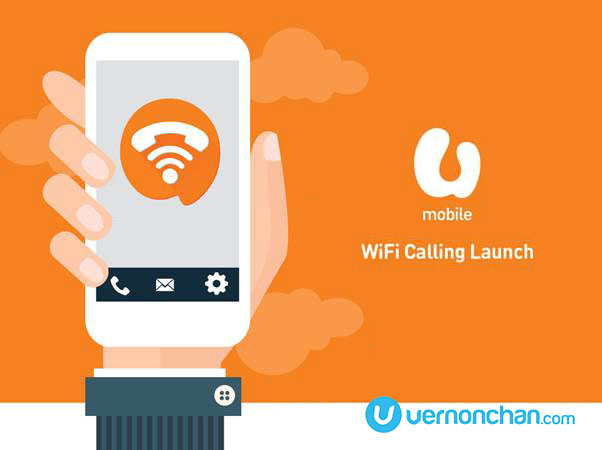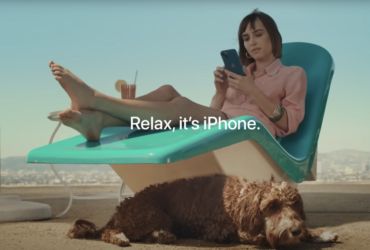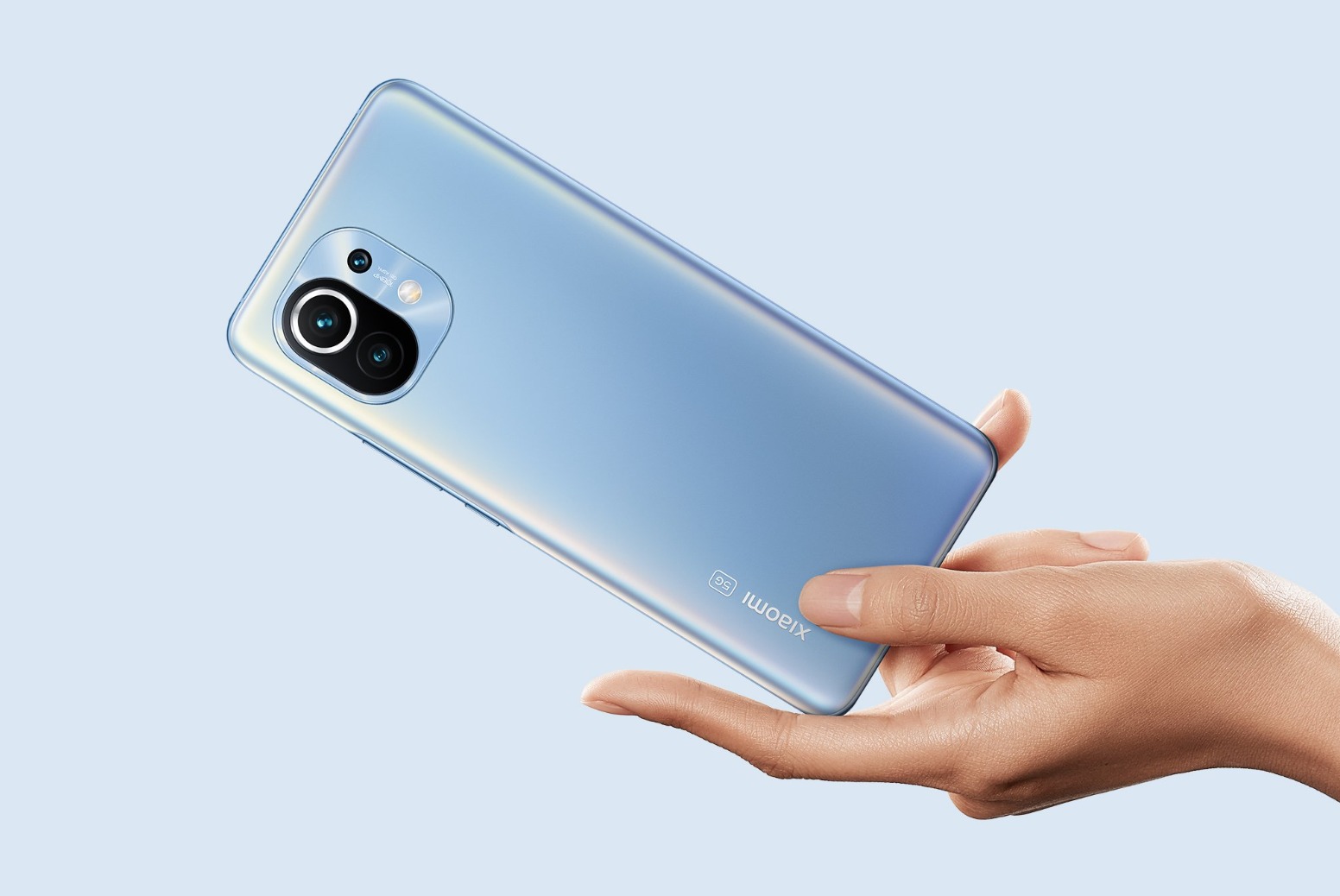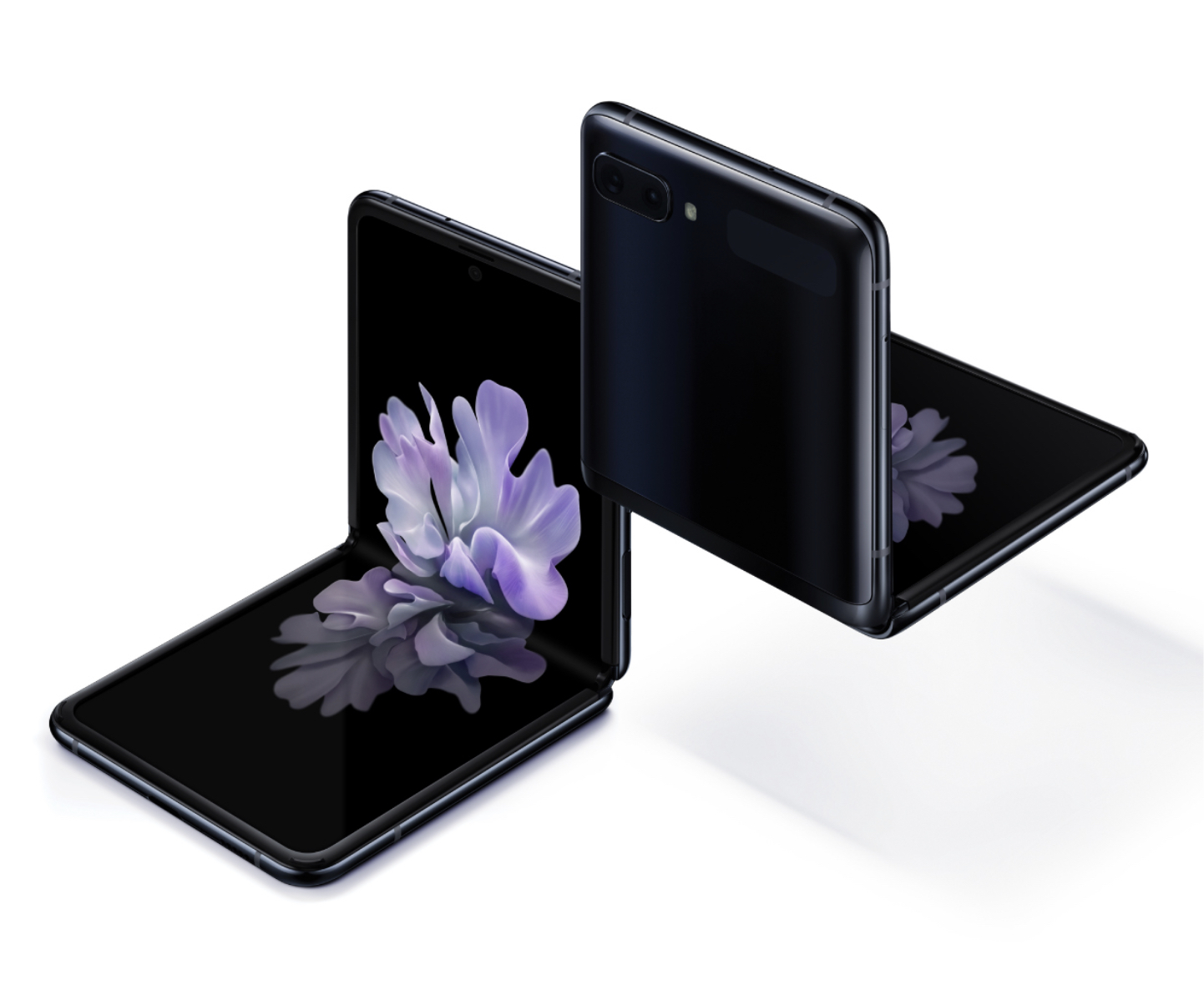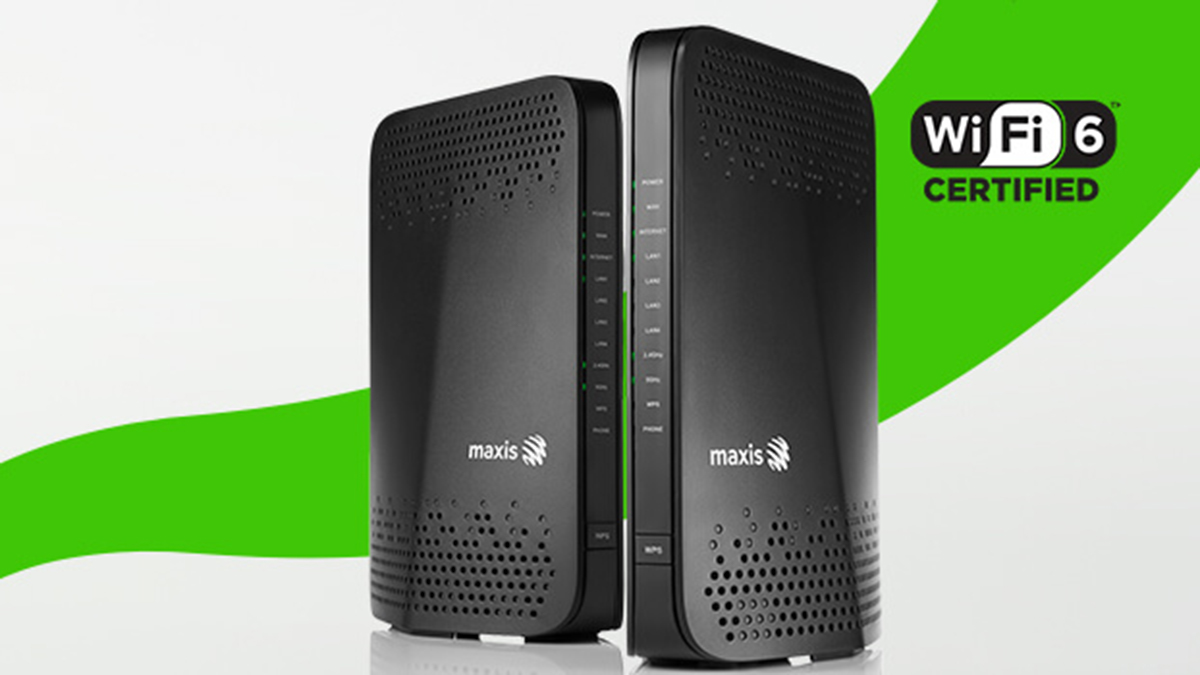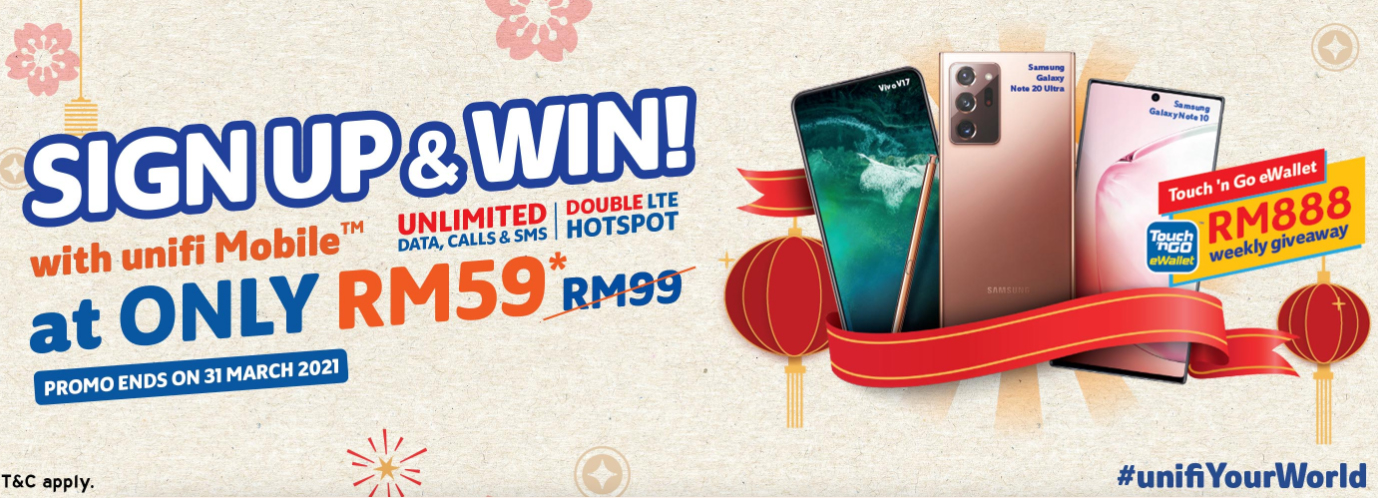The dark horse of Malaysia’s telco industry – U Mobile – is set to disrupt the space again. After bringing some revolutionary postpaid, prepaid and device plans; and innovative Video-Onz service, it’s rolling out the first-of-its-kind WiFi Calling service.
Sounds great, but what’s Wi-Fi calling?
As explained by Ericsson, Wi-Fi calling is an operator-provided service that makes it possible for you to make regular phone calls and text messages from your SIM-based mobile phone, even if you get poor cellular coverage. How’s this possible? By using a Wi-Fi network.
So, how is this different from let’s say, calling from WhatsApp?
Well, Wi-Fi calling doesn’t require a separate app to be installed on your phone. It’s so seamless you won’t need to worry if you’re on your cellular network or Wi-Fi. You’re reachable by your normal phone number, and you can call or text from the native dialer on your phone.
How cool is that?
Why Wi-Fi calling?
Lately in Malaysia, telcos have been at each others’ throats either throwing more data or making plans cheaper. A couple have even bragged about coverage.
Here’s the reality. Coverage still sucks. Especially indoors. This means poor or no connectivity, dropped calls and missed text messages and no data.
But, it looks like we’re not the only ones experiencing poor indoor coverage.
According to ConsumerLab research by Ericsson done in 11 markets (Brazil, China, Germany, Italy, India, Japan, Russia, South Korea, Sweden, the UK and the US), the availability of Wi-Fi continues to grow in urban households, from 30% to 61% (2011-2014). But when it comes to core communication services like voice and text, consumers still heavily depend on cellular networks.

When indoor coverage issues arise, consumers opt for alternatives like Wi-Fi calling to deal with blindspots in connectivity.
In the US, 4 out of 5 Wi-Fi calling users are “very satisfied with the service.”
What’s in it for you?
Wi-Fi calling in a nutshell will ‘fill in the blanks’ where cellular connectivity is weak or non-existent. It extends coverage, especially indoors.
If you’re frequent traveler, it also means you save on roaming charges, as you can be connected to a Wi-Fi network instead.
Because it is native, so to speak, you do not need to download any OTT apps to call or text via Wi-Fi Calling. Just use your native caller on your phone.
The experience is seamless. Calls from Wi-Fi to cellular and vice versa are handed-over seamlessly. You won’t even notice.
Unlike logging in to public Wi-Fi hotspots, Wi-Fi calling means you don’t need any additional logins to use the service.
What’s in it for telcos?
Wi-Fi calling allows telcos like U Mobile to extend coverage effectively, deploy quickly and at a reduced cost.
It improves overall user satisfaction with enhanced voice and video calling coverage in both homes and enterprises.
It also provides attractive combined voice + data + roaming bundles with good user experience and quality communication services.
U Mobile’s the first, again
Funny how the smaller player is pushing the envelope. Of course, it’s not going to be the only telco offering the service. Digi is rumoured to be rolling out a similar service soon.
I applaud U Mobile for being quick on its feet, and being the innovator in the telco space.
Looking forward to the official announcement on Thursday. Stay tuned.




